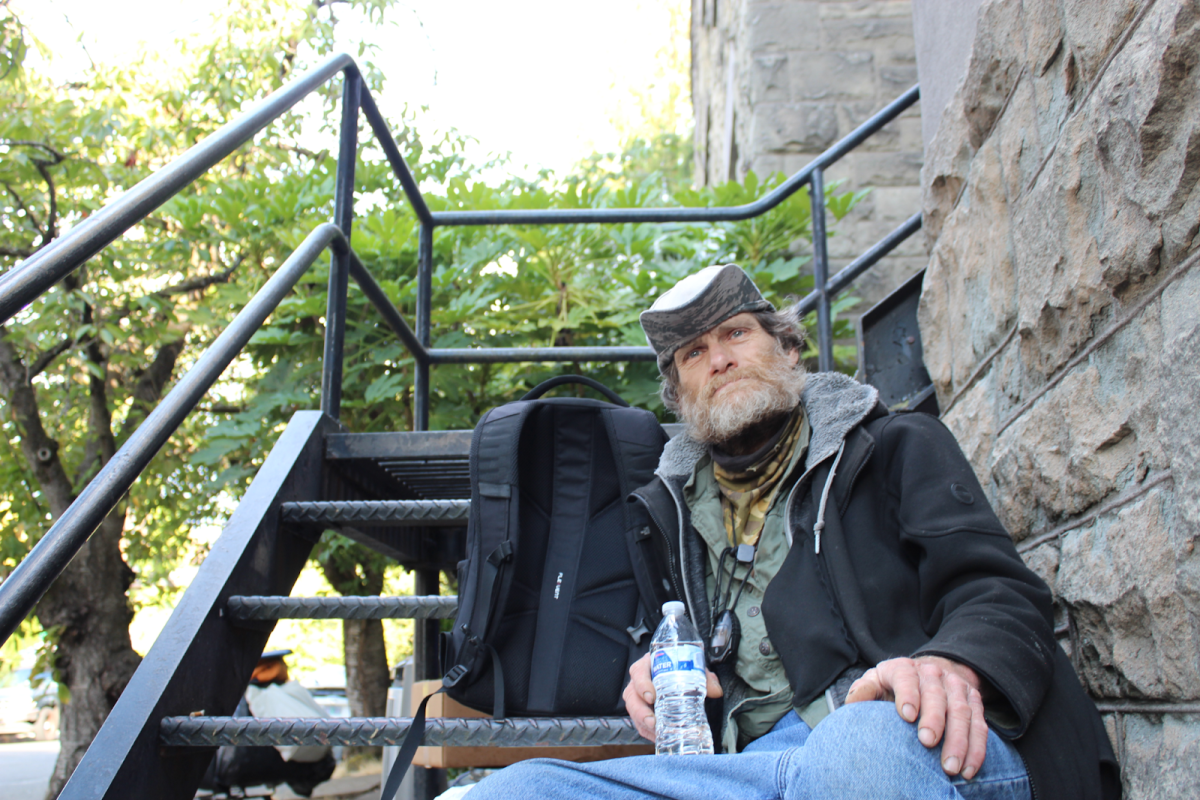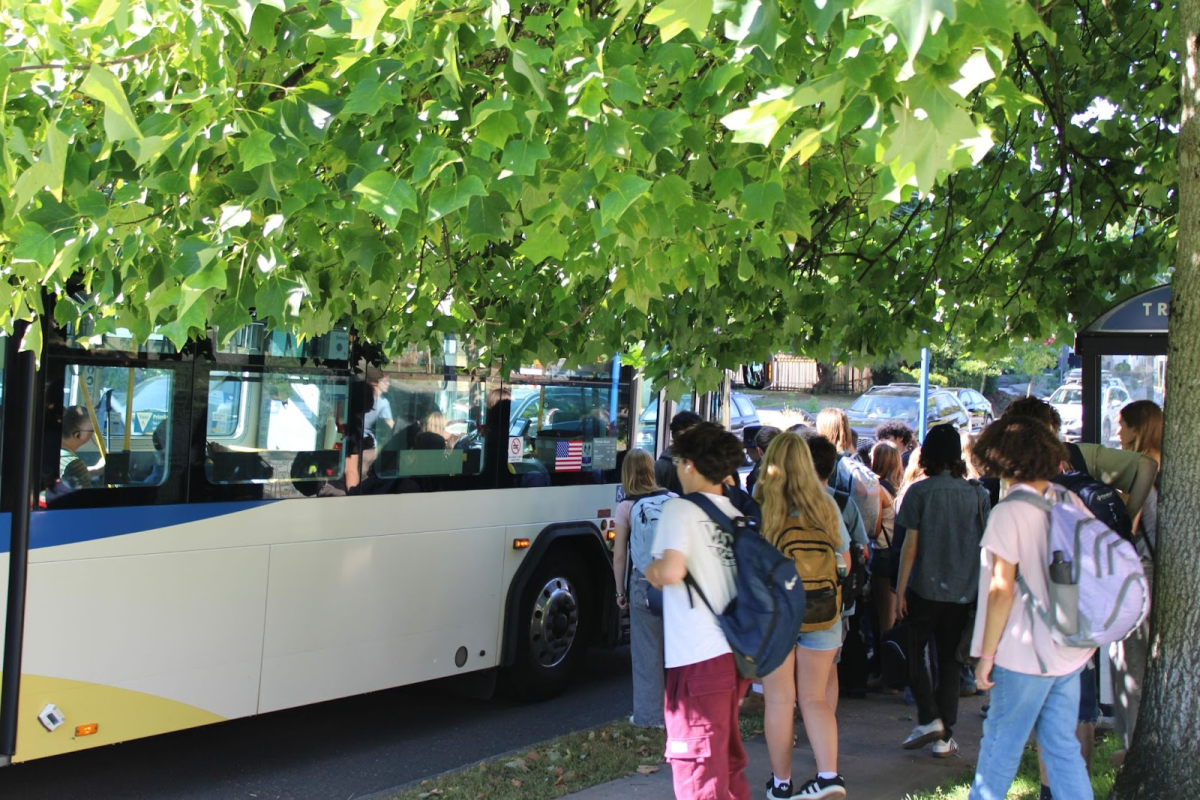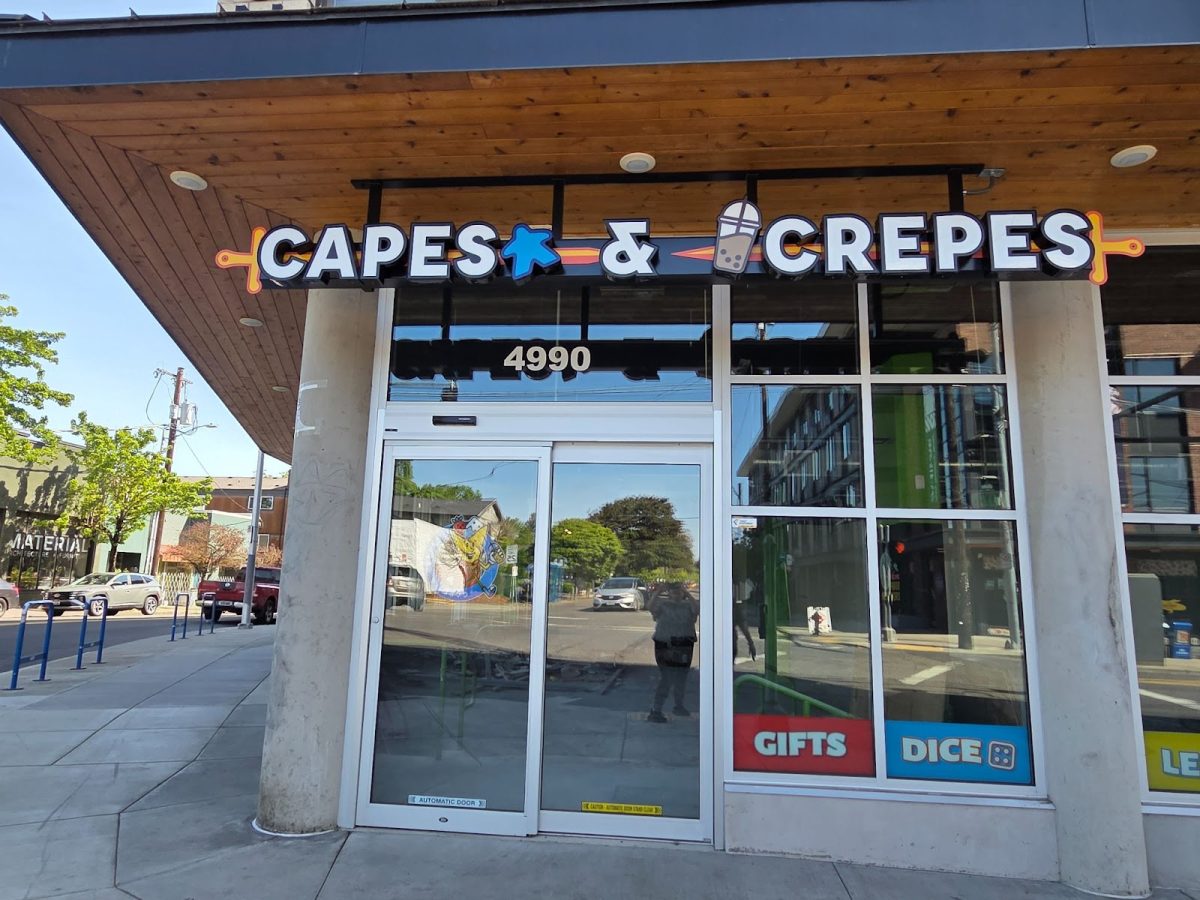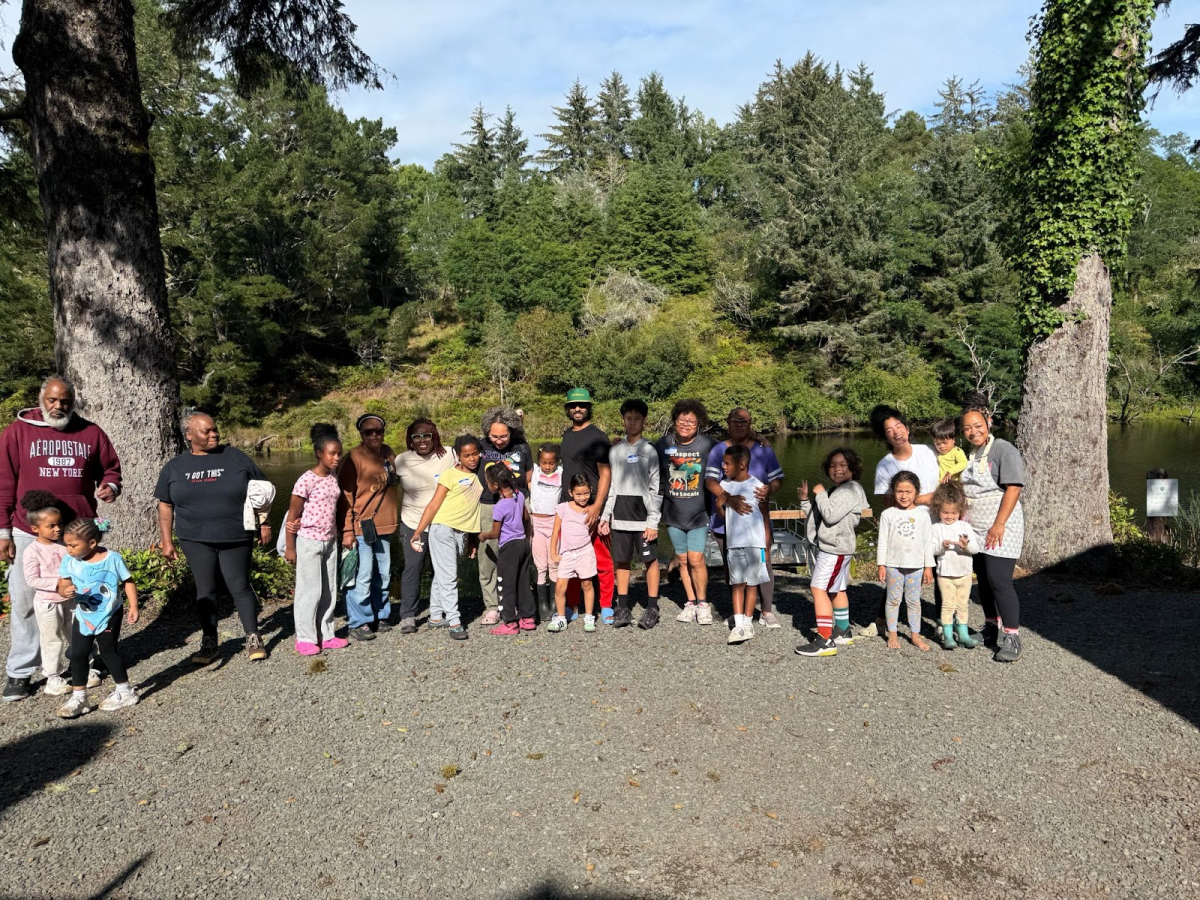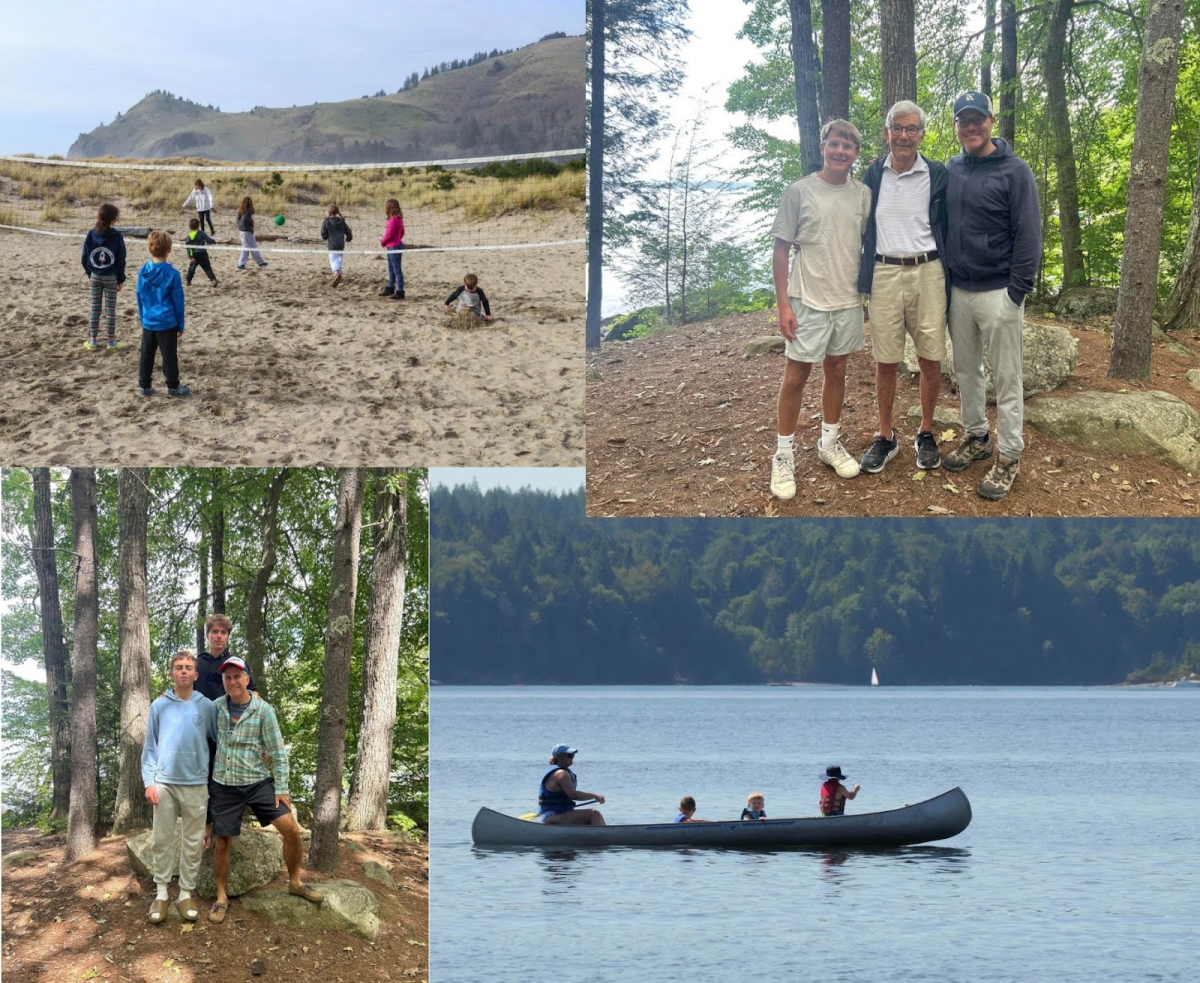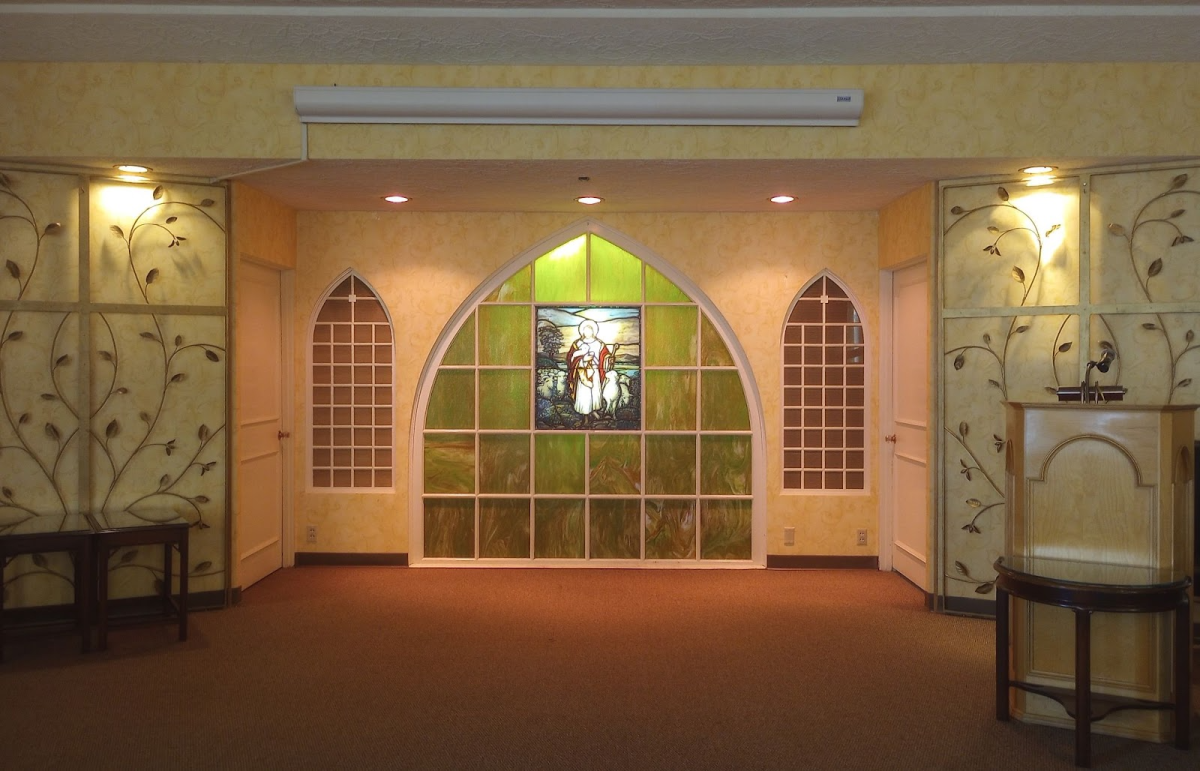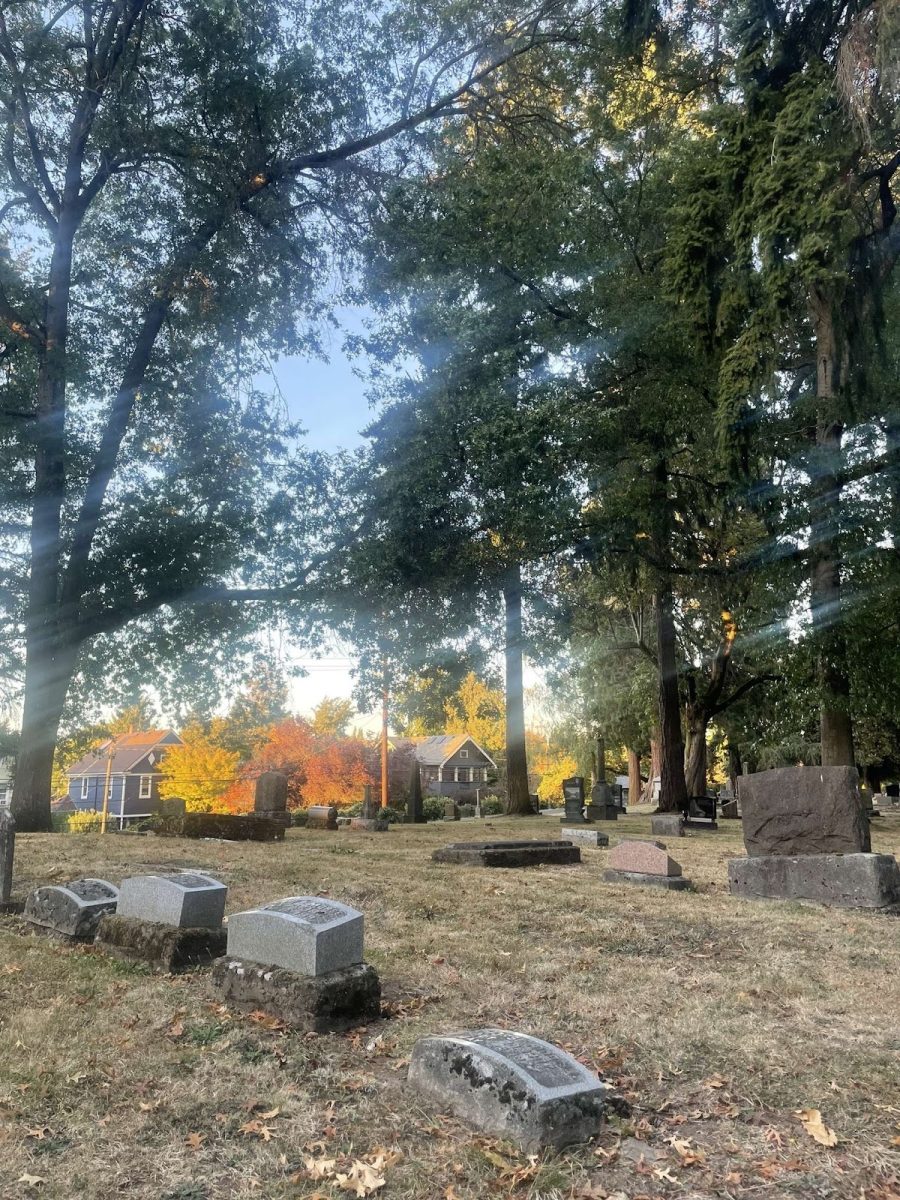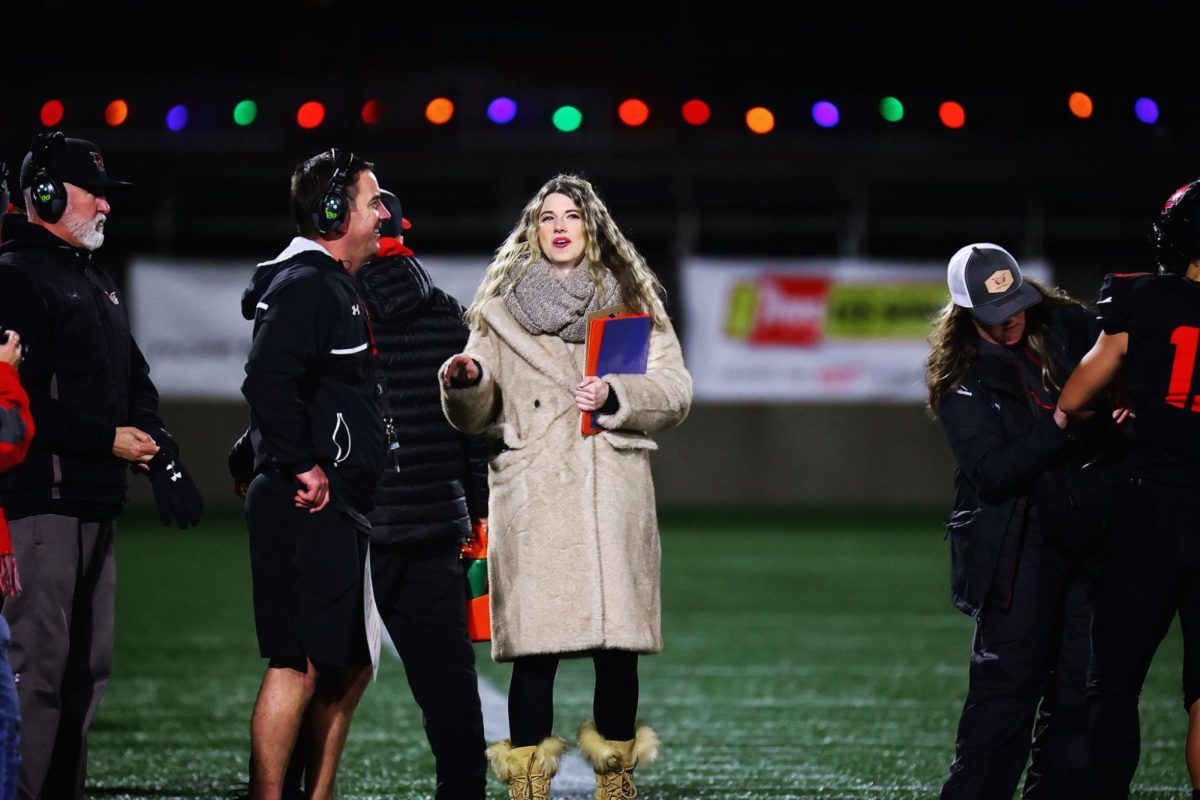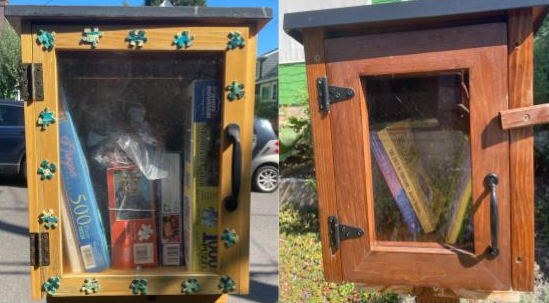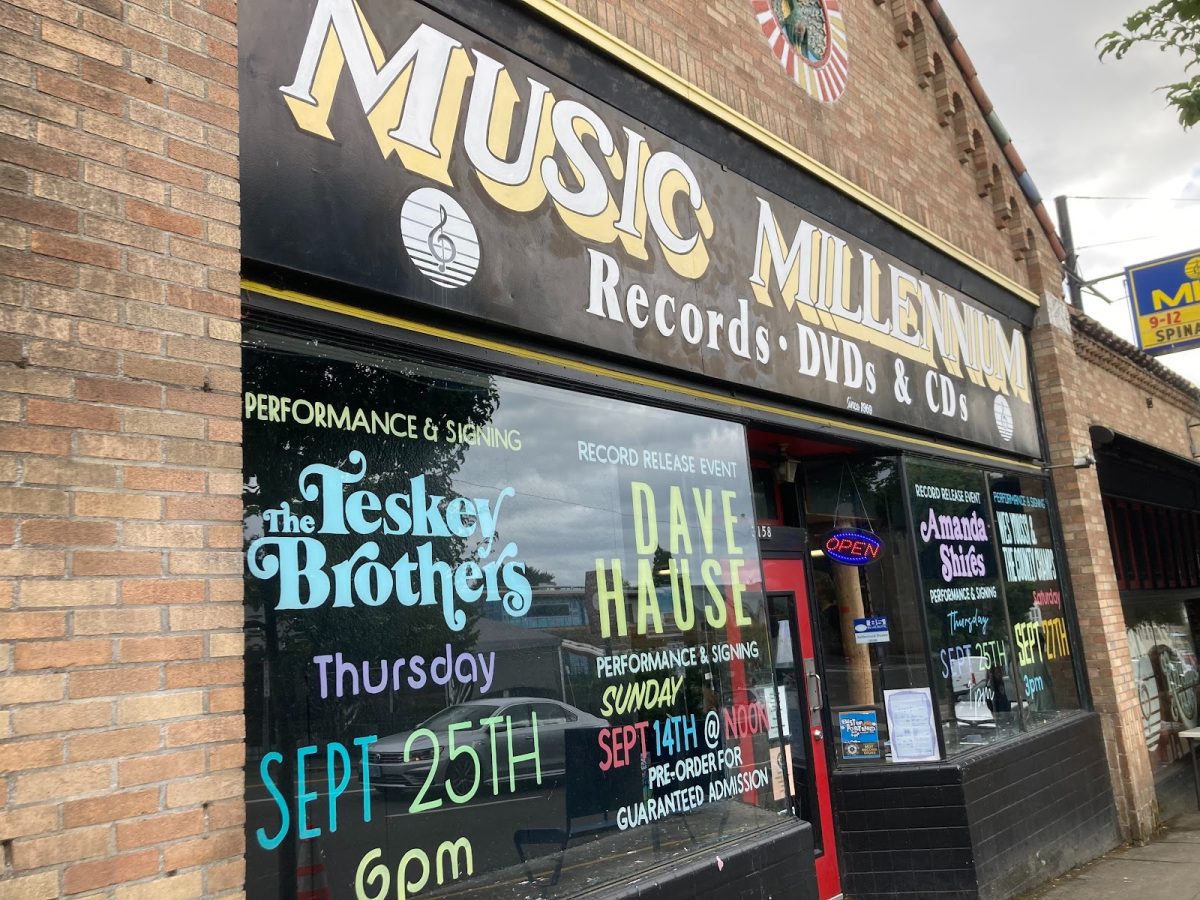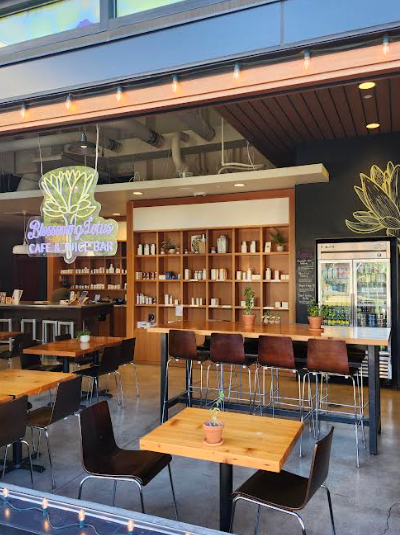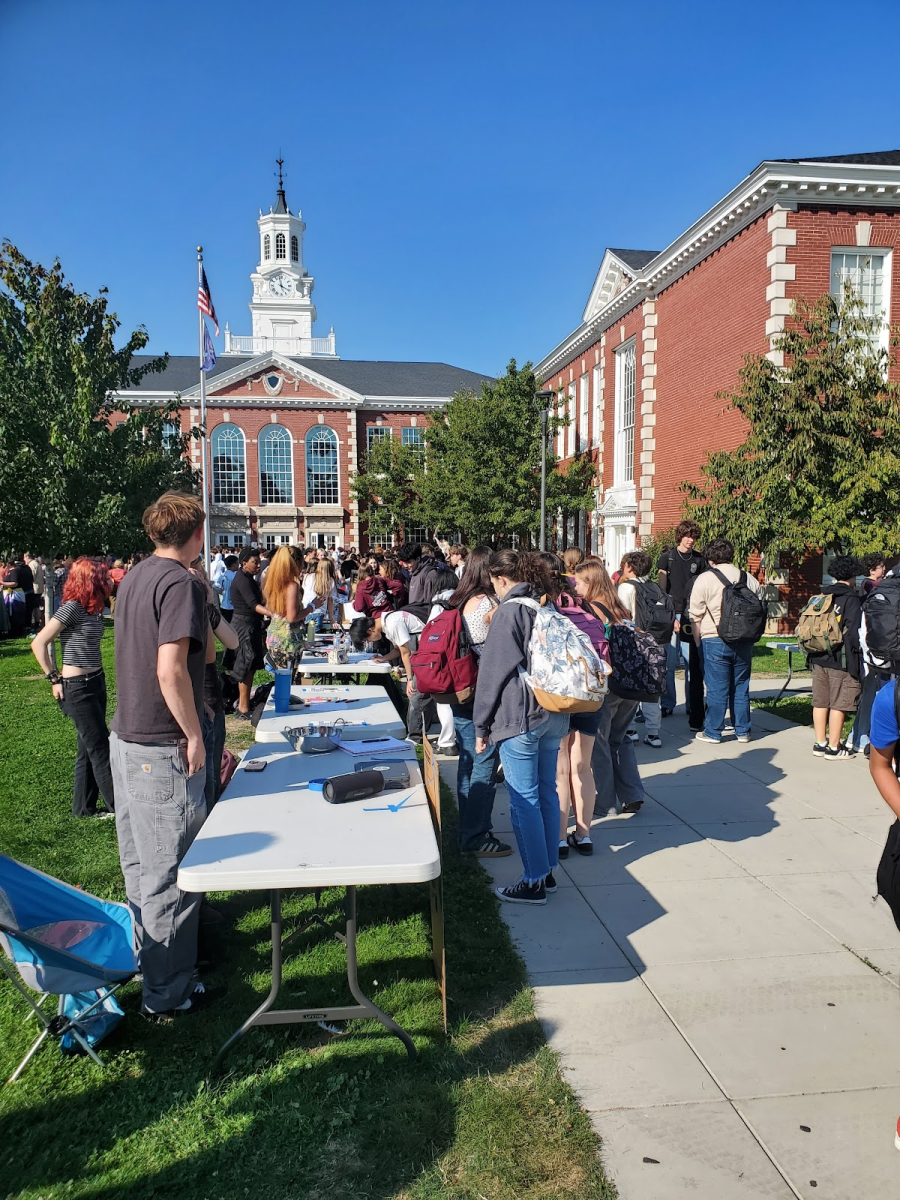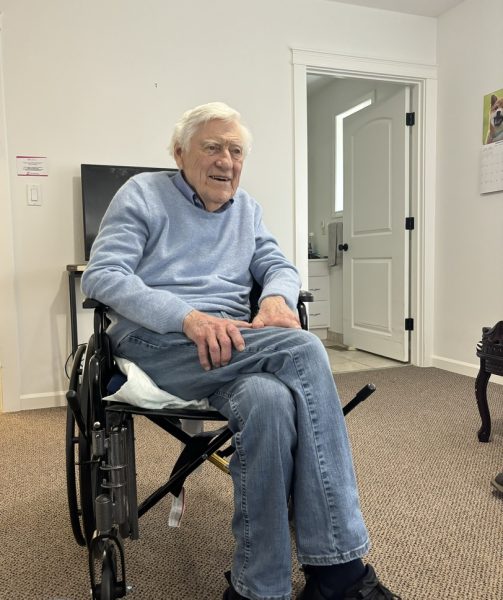
In the United States, Americans have long valued self-sufficiency, creating the expectation that individuals must entirely support themselves, particularly during retirement. With age, people often face physical and cognitive declines that prevent them from relying solely on themselves to complete even daily tasks. Age-related illness, chronic conditions, and general fatigue, which may stem from age, can prevent older adults from maintaining the self-sufficient lifestyle they once led. These challenges drive a growing demand for care, often at costs that many cannot afford, making the prospect of a self-funded retirement increasingly unattainable for many Americans.
Many seniors rely on family members and loved ones for care, but their relatives often lead busy lives with their own financial and personal obligations. It is rare for most families to be capable of administering full-time care due to limited resources, time constraints, and lack of medical training. This is why there is a wide range of elder care options, from large-scale assisted living facilities to residential care. These services are necessary, but are often stigmatized, due to society’s deep-rooted preference for independence. Negative perception overshadows the critical role these facilities play and the challenges they face in delivering proper care.
There is a rapidly increasing demand for senior care. The 2020 census estimates that 73 million people in the baby boomer generation will reach 65 by 2030, setting a precedent for the profusely large incoming wave of seniors in need of care. Unfortunately, the assisted living industry faces multifaceted challenges that impact the accessibility and quality of care. This influx will only exacerbate the existing issues — staffing shortages and financial pressures are already constraining the ability of many caregivers to properly address the needs of residents. Currently, according to a 2024 report from the American Health Care Association and the National Center for Assisted Living, 63% of assisted living providers are experiencing staffing constraints, 46% of nursing homes are limiting new admissions, and 57% are establishing waiting lists. These challenges are making adequate care increasingly inaccessible.
Caregiving for seniors is one of the most physically and emotionally demanding professions. The job entails cleaning, cooking, doing laundry, changing adult diapers, helping residents shower, administering medicine, and even providing support for patients in their final moments. Despite the demanding nature of the job, caregivers are often underpaid and overworked.
Daniella N., a caregiver at the Yamhill Adult Care Home who has worked to provide multiple adults with 24-hour support, shares that a large challenge is avoiding depression due to the emotional toll of the work. “This is a job that I put my heart into, and I’ve worked very hard [at], and in the first few years, I had to make peace with myself,” she says. Despite hardships, she remains dedicated to providing the care they need, explaining, “We have to walk with them along each step of the way and make their life easier and more comfortable until they pass.” Avery Booker, a Franklin student who works as a server at Mt. Tabor Courtyard Assisted Living and Memory Care, comments on the difficulty of working in an understaffed and overwhelmed environment. “I think the job would be a lot better with more staff on the floor.”
Beyond staffing shortages, many people looking for assisted living and elder care have found limitations within pricing. Affordability has become a major barrier to accessing care. At-home aides can help the elderly live independently and delay the need for long-term nursing home care. There are also often licensed practical nurses, therapists, or home health aides available who work for home health agencies, hospitals, or public health departments licensed by their state. However, the median cost of home health aide services reached $33 per hour in 2023, making 24-hour care financially burdensome for many families. In the Portland metropolitan area, the median yearly cost of in-home care was $57,200, the yearly cost of community assisted living was $76,440, and the price for private nursing home facilities cost up to $183,595.
These costs are unaffordable for many families. Government-sponsored healthcare programs like Medicaid and Medicare provide health insurance for adults and children with limited income and resources. The Department of Veterans Affairs offers various benefits and programs for eligible veterans, including pensions and health care services. These programs are increasingly useful as high inflation and a weakening job market are causing Americans to be unable to meet their retirement goals. According to a survey by Bank Rate, only 3 in 4 Americans report living comfortably in their retirement. This problem only looks to get worse in light of the GOP’s proposed cuts to Medicaid. As of Feb. 25, some congressional leaders are looking to slash the Medicaid budget by around $880 billion.
Besides nursing services offered through federal health care, a majority of assisted living homes available are for-profit facilities, often owned by private equity groups. These corporations tend to prioritize profit margins over quality of care. Many operate on a tiered funding model, with additional levels of care coming in at additional costs. This means that beyond basic admissions fees and the cost of housing, nursing, aides, and any extra care these facilities deem necessary for someone, they will charge residents extra for it. Brooke Denisco has worked as an activity director in assisted living doing planning for recreational activities for 12 years. In her experience working with facilities, she states, “I don’t think that squeezing profit margin and care of the seniors goes together well.”
When researching care for senior living, it is crucial to focus on the quality of staff and their interactions with residents. While some facilities may have better amenities, I encourage those seeking care to look beyond physical appearance. Instead, look for caregivers who are kind, engaged, and invested in the residents’ well-being. More intimate settings, such as adult foster homes, may have more personalized and focused care and a family-like atmosphere. In addition, consider planning for this process ahead of when it may become necessary, begin research programs seniors may be eligible for, and start thinking about what your family is financially capable of. Senior living is at a critical juncture, and without significant policy changes and an increased focus on financial solutions, this crisis will only continue to evolve.
